I am troubled by Byron Williams' recent piece on the debate surrounding school vouchers. As a life-long Democrat, I learned a long time ago that embracing bold education reform would not be popular among some of the party's faithful. If we're serious about helping every child access a quality education, we have to be serious about putting every option on the table. I'm for this because no child should be denied a quality education because of their family's income or their zip code -- it's as simple as that.
Last week Mr. Williams said private school scholarship programs "harm" public schools by redirecting funding to private schools, rather than to struggling public schools.
Williams' argument that public schools are negatively impacted by private school choice programs is flawed. According to a study conducted by Northwestern University professors David Figlio and Cassandra Hart, the passage of the Florida Tax Credit Scholarship program in 2001 actually led to standardized test score gains in the public schools most likely to lose students to private schools.
Williams also says private school choice programs are "creaming" the top students away from public schools. That is absolutely false. Most of the 32 publicly funded private school choice programs in 16 states and Washington, D.C. are designed to serve children in low-income families, most of whom would be zoned for a school in need of improvement. In Washington, D.C., the average family income for participating D.C. Opportunity Scholarship Program student is less than $24,000 per year and nearly 100 percent of the students would otherwise be zoned for a school in need of improvement.
The reality is that these publicly funded private school choice programs are helping the families who are trapped in schools that do not work for their child. These children are already behind their peers and participation in these programs is what gives these kids their best chance to rise above their current economic situation and realize their full potential.
Chloe M., a 12 grader and D.C. Opportunity Scholarship Program (OSP) recipient could have easily become a statistic of inner-city D.C. As the child of high school drop-outs, struggling to make ends meet and provide for their children, Chloe's family couldn't afford to send her to a better school. Thanks to the OSP, Chloe was able to attend a better preforming school, providing her with the tools necessary for achieving her dreams. As she enters the final few months of her high school career, Chloe is looking forward to attending college and being the first in her family to graduate high school.
Chloe's story is not unique. Thousands of students taking advantage of these programs are making their dreams of college a reality. According to study conducted by the Brookings Institution and Harvard University, African American students participating in a privately funded New York City school choice program were 24 percent more likely to enroll in college. These students were also 31 percent more likely to enroll in a selective college as a result of their voucher.
In D.C., students participating in the OSP graduated at a rate of 91 percent, more than 20 percentage points higher than those interested in the program who did not receive a scholarship, and 30 percent higher than the graduation rate of D.C. public schools. In Milwaukee, the graduation rate of students participating in the Milwaukee Parental Choice program is 7 percentage points higher than the graduation rate of students in the Milwaukee Public Schools.
There are many great traditional public schools, public charter schools, and magnet schools across this country. But not every family has access to one. Why would we continue to say to the child from a low-income family that he or she will just have to wait for their local school to improve, that they don't deserve access to a better education right now? That's just wrong. As Democrats we need to get past focusing on the delivery system and get focused on ensuring that every child has access to a good school.
Being FOR putting every option on the table to help disadvantaged kids is not being against public schools. We just need to fly the plane while we fix it.
We have a serious education crisis on our hands. Achievement rates of American students are lagging behind our greatest economic competitors. According to a recent article in The New York Times, a study conducted by the International Study Center at Boston College found that only 7 percent of students in the U.S. reached the advanced level in math, while 48 percent of students and Singapore and 47 percent in South Korea reached the advanced level.
We are long past the time where the politics need to be pushed aside so the only focus in education is on doing what's best for kids -- all of the kids.